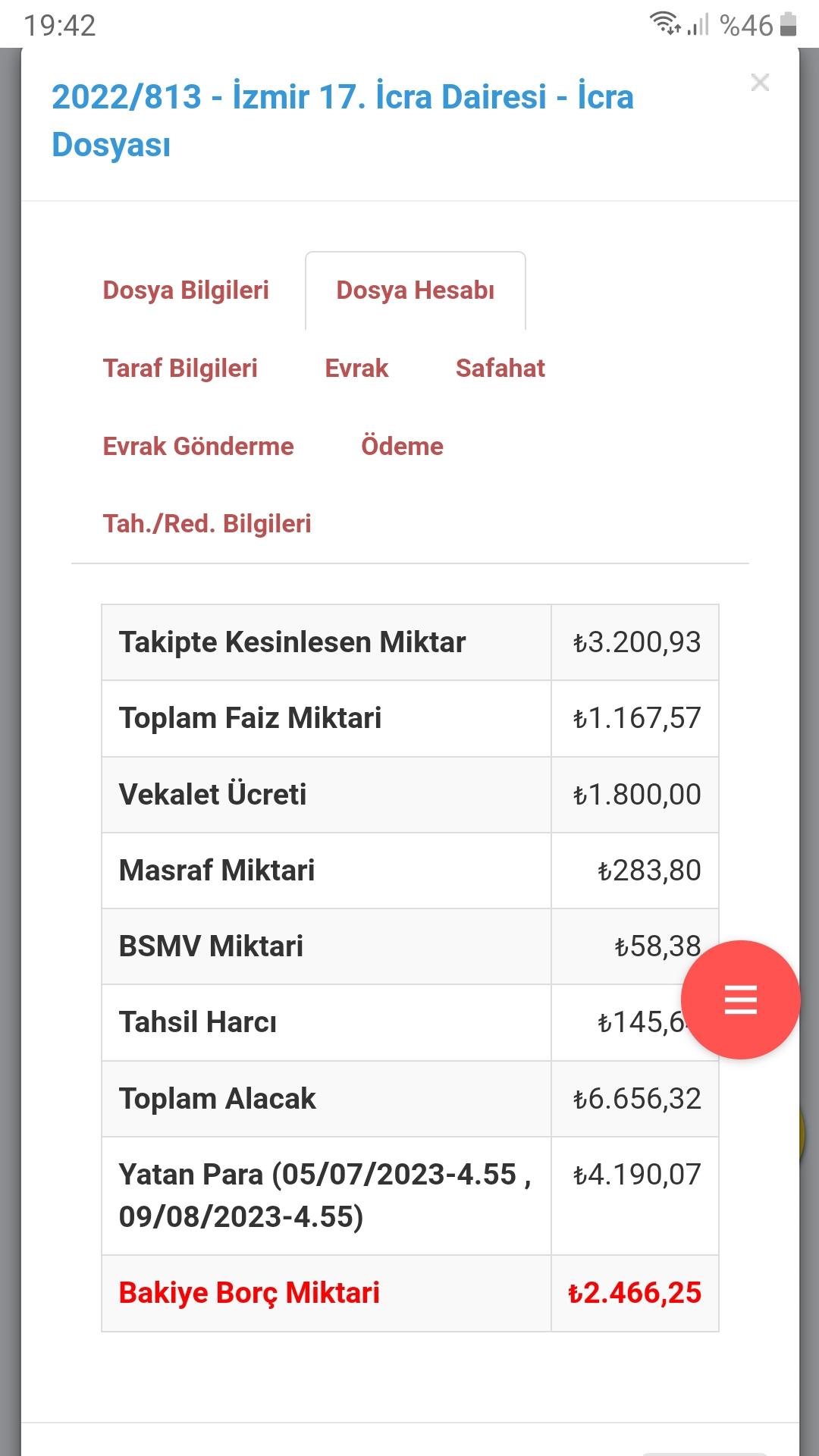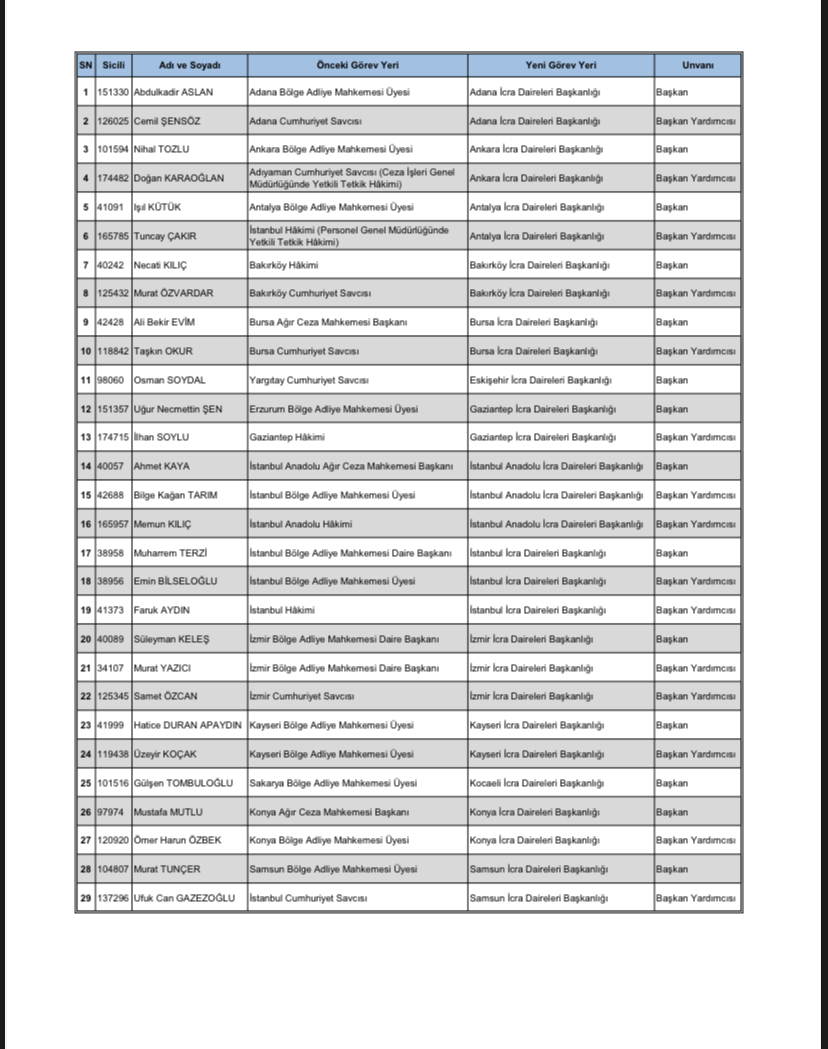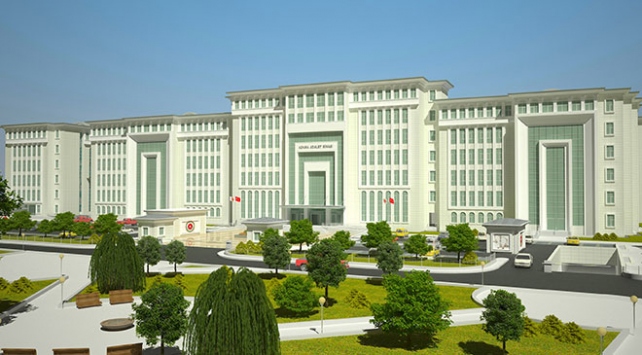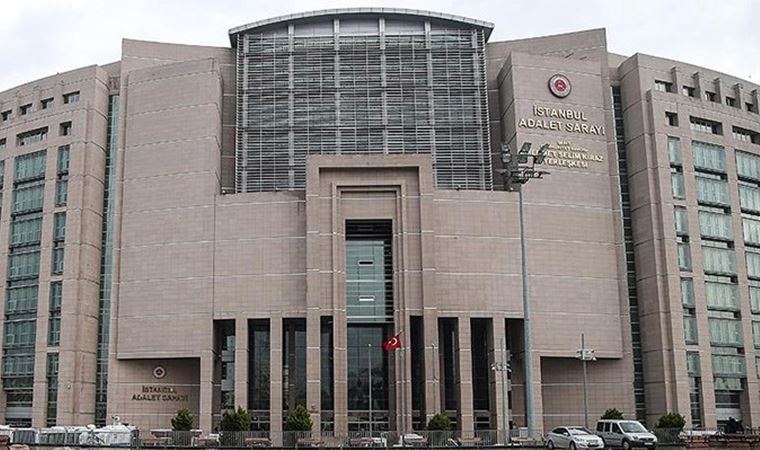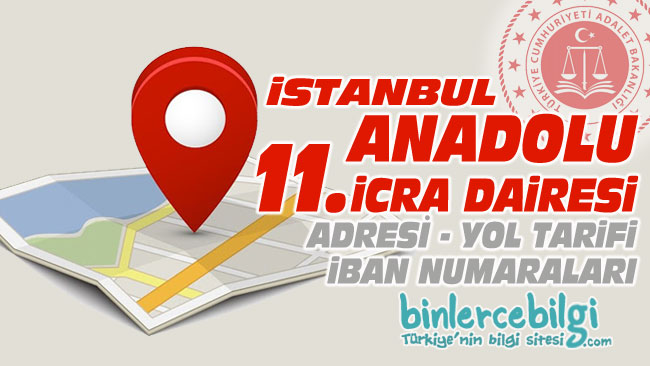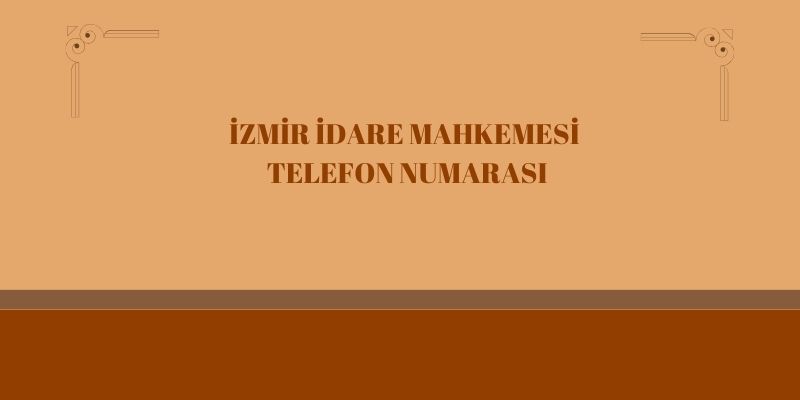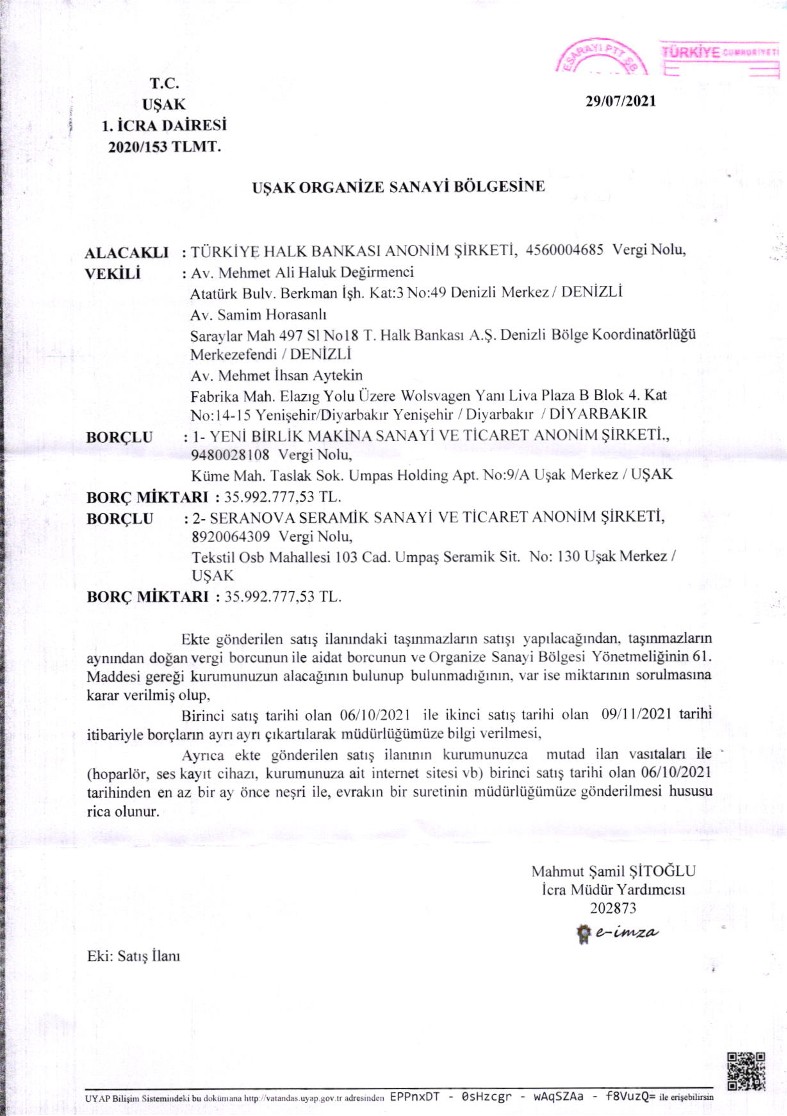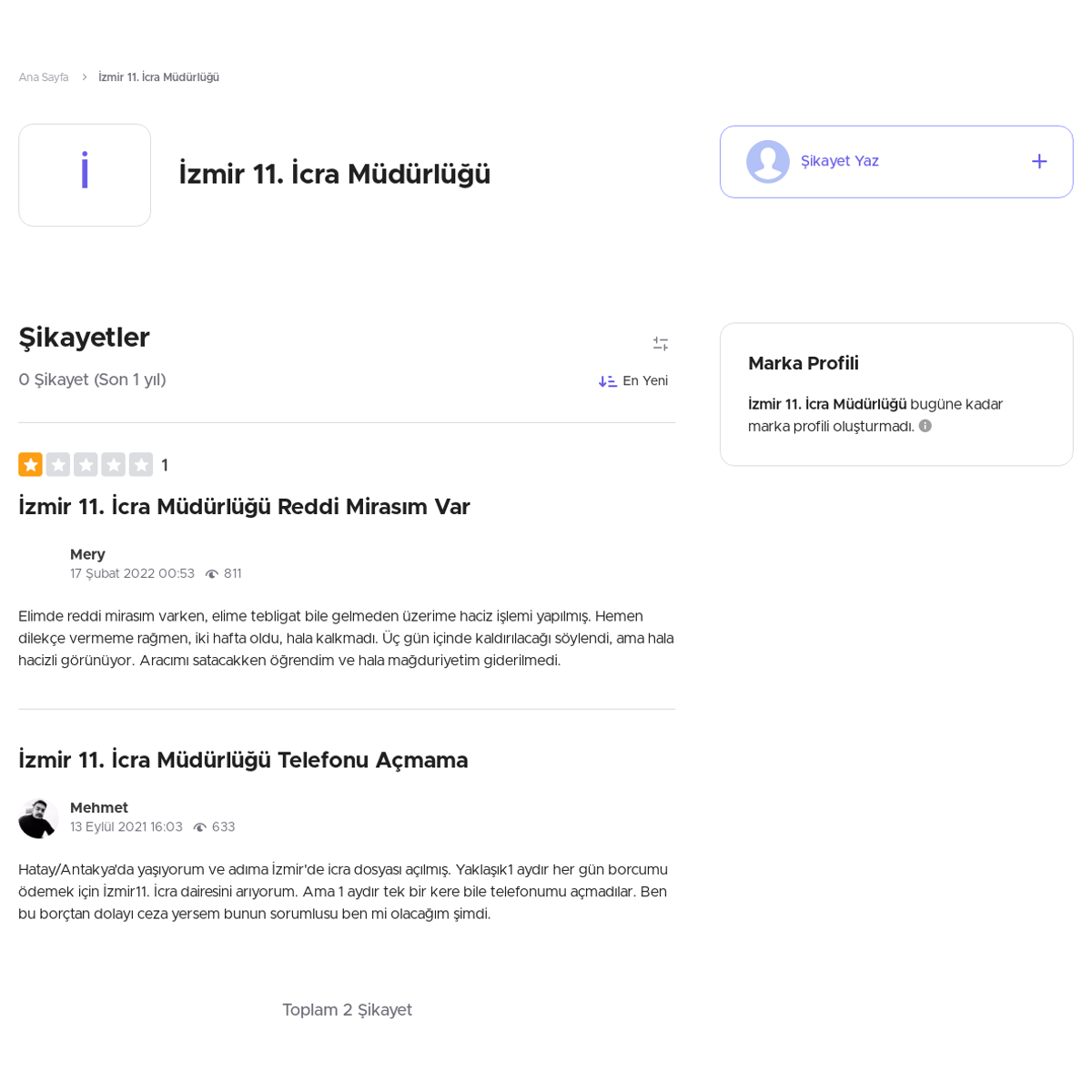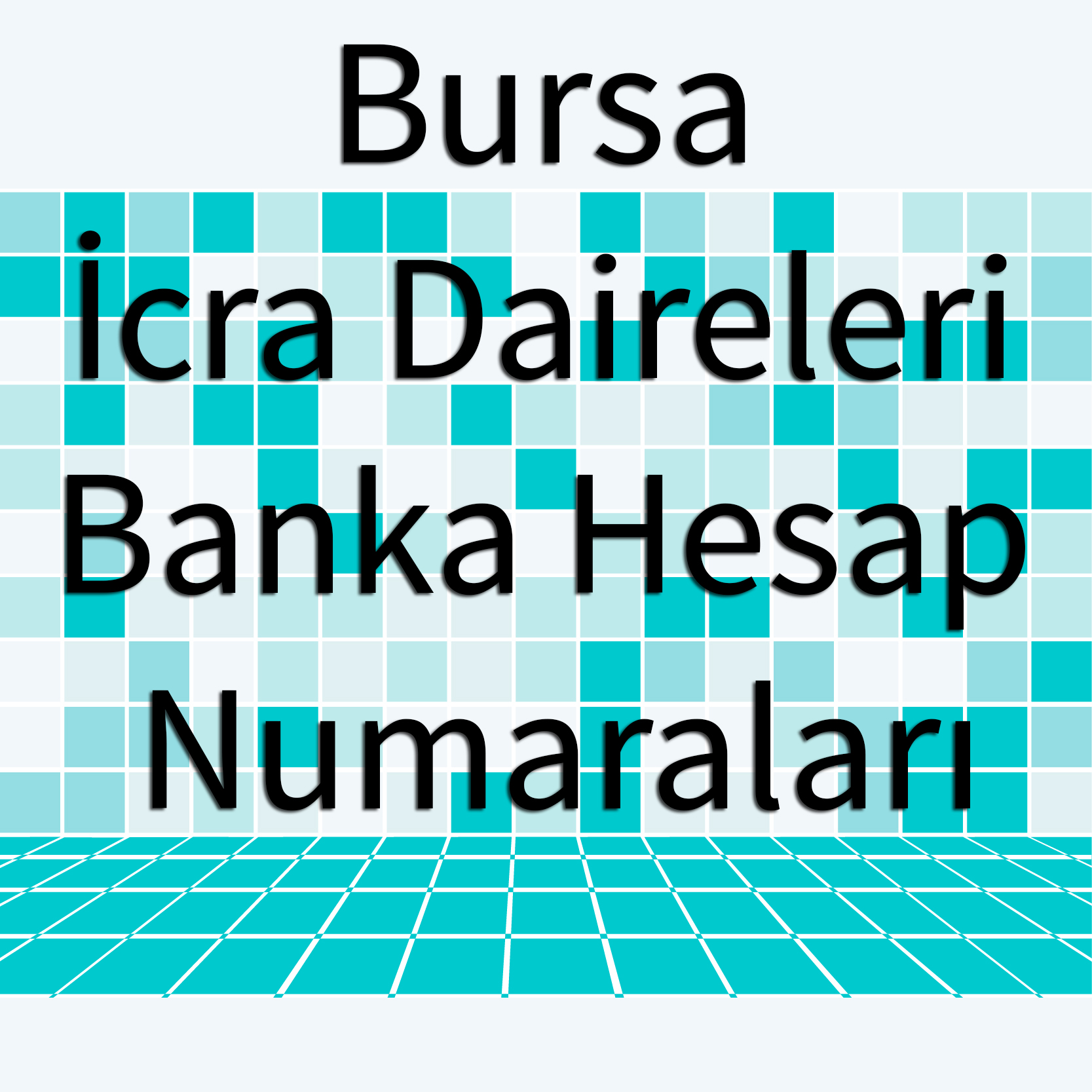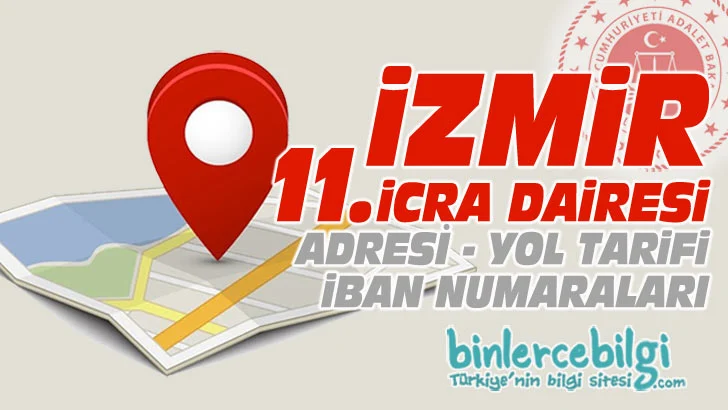
İcra ve İflas Hukuku - Avukat Alperen Cihan Çetinkaya | İzmir Avukat | Gayrimenkul | Kamulaştırmasız El Atma | İmar | Kamulaştırma | Kentsel Dönüşüm Avukatı | İzmir En İyi Avukat | İzmir Gayrimenkul Avukatı

İzmir İcra Müdürlükleri Telefonları ve Adresleri – Banka Kredi Bilgileri – banka kredi faiz oranları – Kosgeb – kredi notu – finans haber
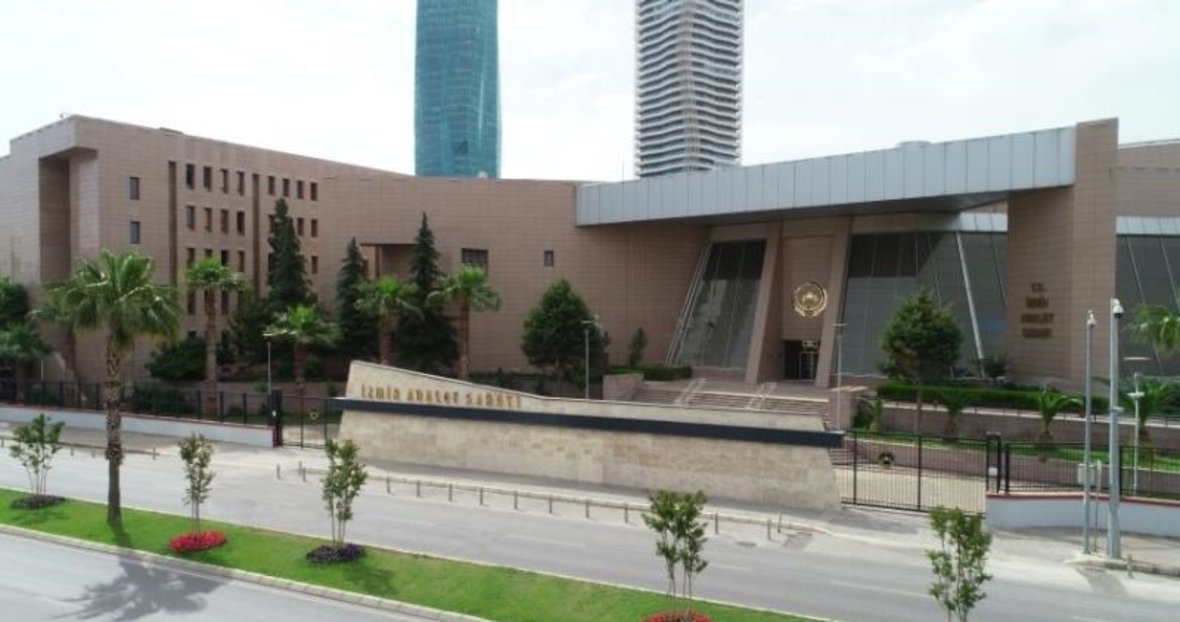
İzmir Adliyesi telefonu 2024! İzmir Adliyesi çalışma saatleri kaç? İzmir Adliyesi telefonu ve adresi... - İzmir Haberleri

Mustafa Çevik on X: "Buda İzmir 10.İcra Dairesinin Akhisarspor Kulübüne Yollanan HACİZ Belgesi https://t.co/8VBWHSMV3d" / X

